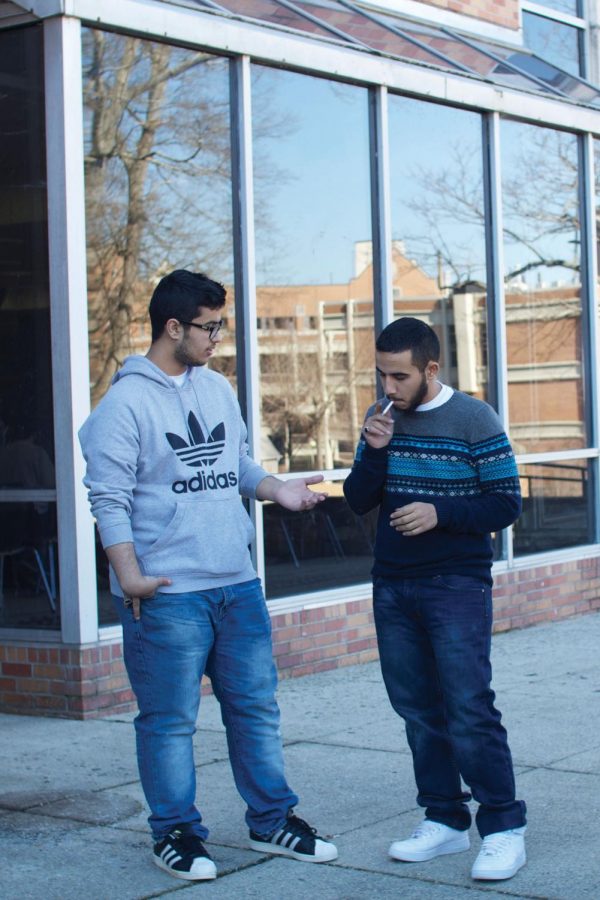UNA research experts critique campus smoking survey
March 5, 2015
Students may be forced to kick the habit on campus, pending potential SGA legislation regarding a smoke-free policy.
The SGA Committee assigned to address the proposed cigarette ban on campus met for the first time Feb. 23, four days after SGA Senate sent a survey to faculty and students about campus smoking and tobacco use.
After looking over the questions, senior Roger Good said he loved the survey questions and hopes UNA implements a smoke-free policy.
“I had a guy vaping in my anatomy and physiology class,” Good said. “The professor didn’t say anything about it, and sitting behind him in class and having to smell his vape was very annoying. It was hard to concentrate.”
The survey was written by Senate Pro-Tempore Sarah Emerson, edited by Senate Vice President Nick Lang, and approved by the Senate committee chairs. Emerson said she supports a smoke-free campus.
Andrew Luna, director of Institutional Research, said the survey has some issues from a research perspective.
For example, there is no way to decipher how faculty and staff feel about the issue versus how students feel, and some of the questions in the survey do not apply to faculty and staff, Luna said.
“If they had used a more professional survey software package — like the one UNA has provided to all faculty, staff, and students (Qualtrics) — they would have been able to logically remove these questions from faculty and staff (surveys),” he said.
He said the 19-question survey had three loaded questions and five broad questions. Loaded questions limit replies to people who serve the agenda of the questioner. Broad questions are nonspecific and are difficult for survey respondents to answer because it is difficult to know what the questionnaire is asking, Luna said.
For example, he said, the question “Do you feel like the current smoking regulations on campus (the 30-feet rule) are being enforced the way they should?” is a loaded question because the phrase “the way they should” implies that smoking regulations are not currently being held to the standards the questioner feels are appropriate, Luna said.
Emerson, who chairs the SGA committee tasked with investigating how campus members feel about tobacco use on campus, said they are approaching the subject from a neutral prospective.
“You do have a wide variety of people on the committee,” she said. “You have some very positive people who want to see a smoke-free (campus), like me. You also have some people who are more neutral, and you also have some people who are currently against a smoke-free policy,” Emerson said.
Mohamad Elmasry, professor of communication, said SGA will still get useful data from the survey.
“Some poorly-worded questions notwithstanding, they will be able to figure out where a lot of people lie on these issues,” Elmasry said.
“This is not some kind of sophisticated scientific survey. They just want to find out if people if people are OK with the current policy as is, or if they want to go with something more restrictive.”
Emerson said SGA has received more emails about the proposed smoking ban than any other campus issue this semester.
Emerson said one goal of the survey was also to create a buzz about tobacco use on campus.
“Unlike gender-neutral restrooms, we wanted the campus to know this was coming — that this was something SGA is talking about — and to create a buzz to get people talking and get students interested in the conversation that SGA is currently having,” Emerson said.
SGA members have not announced whether the survey results will be made public.
Emerson said the results will be shared with the smoking committee and SGA Executive officers.











